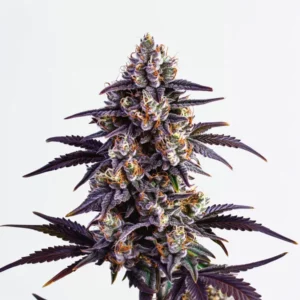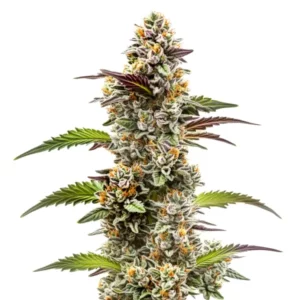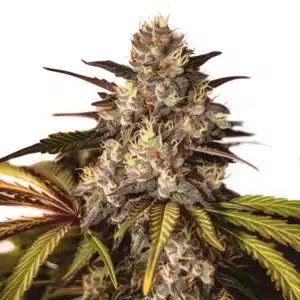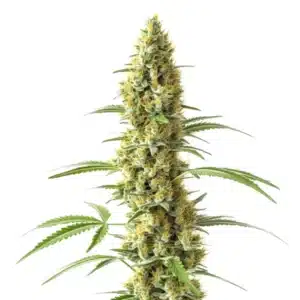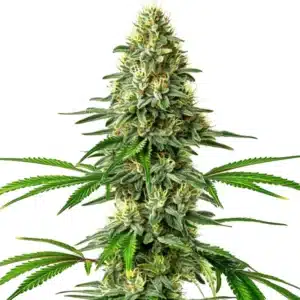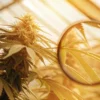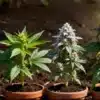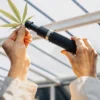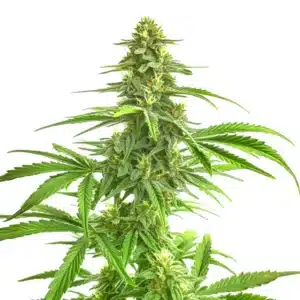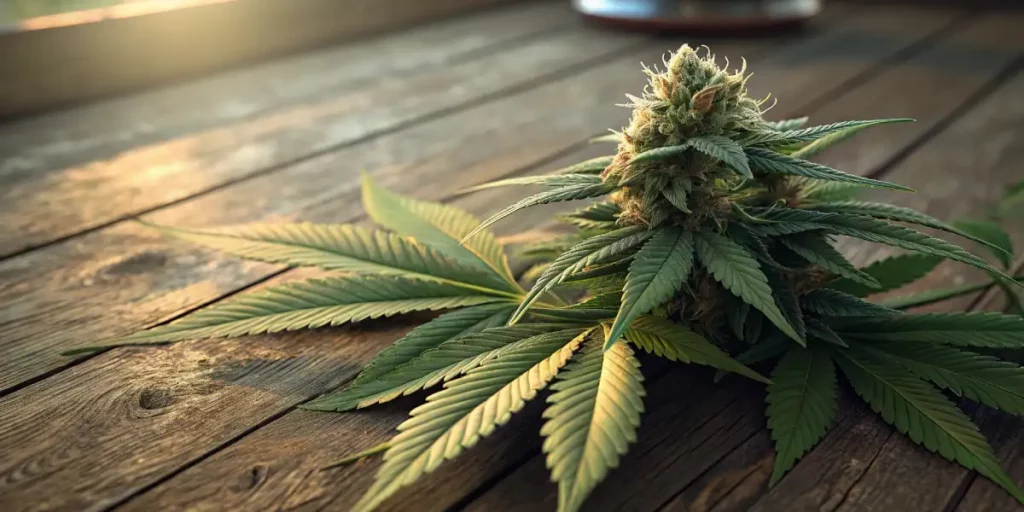
What are Trichomes on Cannabis?
Trichomes on cannabis are tiny, crystal-like structures that cover the buds and leaves of mature cannabis plants. These minute formations are the factories where the plant produces cannabinoids, terpenes, and flavonoids, which contribute to the aroma, flavor, and medicinal properties of cannabis.
Trichomes serve as a defense mechanism for the cannabis plant. The plant produces these resinous glands, which can be unpalatable or intoxicating, to protect its precious flowers and seeds from being eaten by larger animals like deer or sheep that might otherwise graze on the foliage. For cannabis growers and consumers, they are a sign of potency and quality. The greater the trichome coverage, the higher the potential potency.
Recommended Strains
Motor Breath
|
|
THC | 30% - 33% (High) |
|
|
Type | Feminized |
|
|
Yield | Medium |
|
|
Phenotype | 70% Indica / 30% Sativa |
Jungle Breath
|
|
THC | 24% - 28% (High) |
|
|
Type | Feminized |
|
|
Yield | High |
|
|
Phenotype | 80% Indica / 20% Sativa |
Types of Trichomes on Cannabis
Cannabis trichomes can be categorized into three main types:
- Capitate-stalked trichomes: The largest, most abundant, and visible to the naked eye. They produce the majority of cannabinoids and terpenes.
- Capitate-sessile trichomes: Mid-sized and found throughout the plant.
- Bulbous trichomes: The smallest, covering the entire surface of the plant.
Knowing the types of trichomes is important for growers looking to maximize their crop’s potency and for users seeking specific effects.
Promos & Deals
The Importance of Trichomes in Cannabis Potency
The importance of trichomes in cannabis potency cannot be overstated. These tiny factories produce cannabinoids, including THC and CBD. The more trichomes a plant has, the higher the concentration of these compounds, meaning a stronger aroma, flavor, and effect. Furthermore, the stage of development of trichomes can greatly influence the potency. Harvesting at the right time is key.
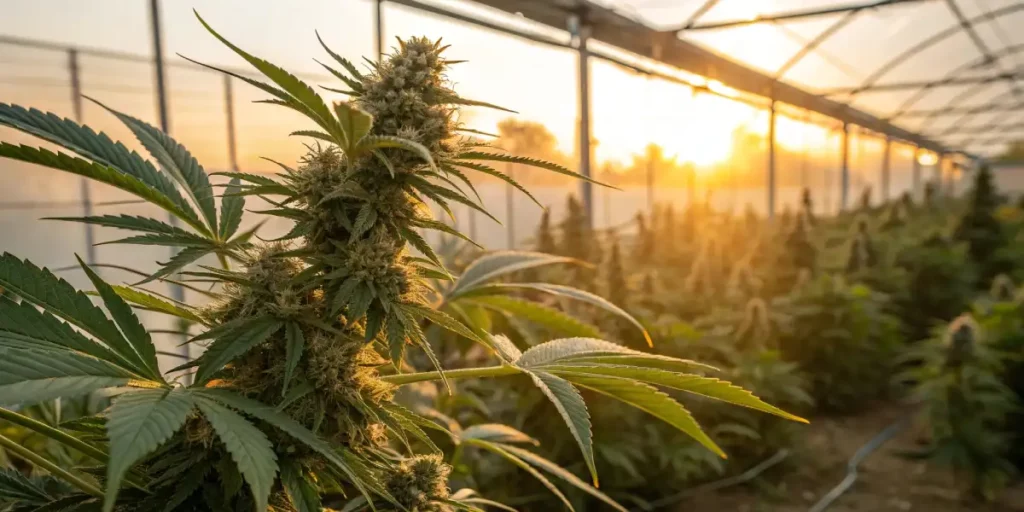
How to Maximize Trichomes on Cannabis
To maximize trichome production, growers must provide optimal growing conditions. This includes adequate light, temperature, and nutrients. A fundamental part of this is maintaining the pH of your irrigation water at a consistent 6.0, as this is important for the plant to have the stability needed to develop the maximum amount of terpenes and trichomes.
The growing environment itself is a major factor. Indoor grows typically achieve a higher number of trichomes because the plants are protected from harsh weather. Outdoors, storms and strong winds can physically knock trichomes off the plant.
The growing medium also influences the final profile. Hydroponic systems are known for pushing plants to their maximum potential in terms of trichome density and THC content. In contrast, well-managed biological soil systems are often credited with producing richer and more complex terpene and flavonoid profiles, leading to better flavor.
Proper harvesting and curing are equally important. Proper, slow curing and good storage are essential for maintaining the trichomes on your flowers. Cannabis flowers often don’t reach their maximum point of flavonoids and terpenes until 2 to 3 months after being harvested.
Trichome Development Stages in Cannabis Growth
Comprehending the trichome development stages is crucial for optimal harvesting. Trichomes develop and mature during the flowering stage.
- Clear: Early stage, low potency.
- Milky/Cloudy White: Peak THC production, the best time for a potent, euphoric high.
- Amber: THC begins to degrade. This happens as heat and light cause THC to convert into CBN, a cannabinoid known for its more sedative properties. Harvesting at this stage provides a more relaxing, body-focused effect. For a very strong, sedative ‘couch-lock’ effect, the best time to harvest is when about half of the trichomes have turned amber.
Methods for Examining Trichomes on Cannabis
Examining trichomes requires a magnifying tool, such as a jeweler’s loupe or a digital microscope. Look for a milky white color and a mushroom-like structure. Avoid harvesting when trichomes are clear or entirely amber (unless a sedative effect is desired). Handle the plants gently to preserve the precious trichomes.
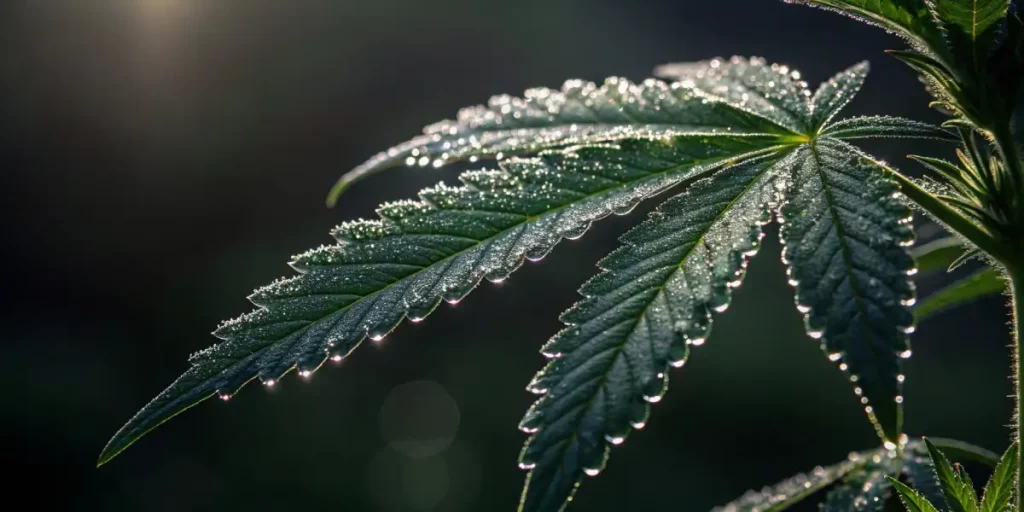
FAQs
What are the benefits of trichomes on cannabis?
Trichomes are the source of cannabinoids (THC, CBD) and terpenes, which provide the psychoactive, medicinal, aromatic, and flavor properties of cannabis. They also act as a protective layer for the plant.
How can I increase trichome production in my cannabis plants?
Provide optimal growing conditions (light, temperature, nutrients, and a stable water pH of 6.0). Some stress training techniques can also help. Good genetics are also crucial.
How can I examine trichomes on my cannabis plants?
Use a magnifying tool like a jeweler’s loupe. Observe the color and clarity of the trichome heads on the buds (not the leaves) to determine the best harvest time.
What do trichomes look like on cannabis plants?
They appear as a frosty, crystal-like coating. Under magnification, the most important ones (capitate-stalked) look like tiny mushrooms with a stalk and a round head.
Which cannabis strains have high trichome production?
Strains like Orka, Grandaddy Purple, and Motor Breath are known for their abundant trichome coverage.


